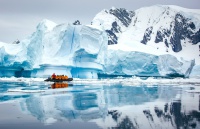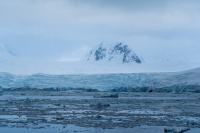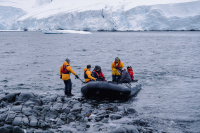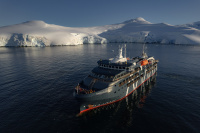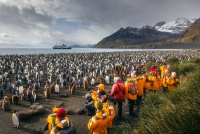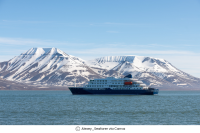-
Whale-watching in Antarctica
Very few experiences in life come close to spotting a pod of Killer Whales swimming against a backdrop of stark white glaciers or watching Humpback whales breach and dive together beneath a beautiful sky. Antarctica offers these phenomenal opportunities and more! Join us in witnessing one of Earth’s most majestic marine animals within its natural habitat but before we embark here's all you need to know about them
Species of Whales in Antarctica
There are a total of eight different whale species that you might encounter during your Antarctica trip!

Killer Whales
Antarctica is the best place to observe one of the world’s most popular species of Whale - the Killer Whale (also known as Orcas). Home to over two-thirds of the global population, you are highly likely to witness this predator feeding on seals, fish, penguins, and even other whales (that's why they are known as killer whales aka killer of whales). These whales love to put on a show, and you may even be lucky enough to spot one as it searches for a seal through the ice!
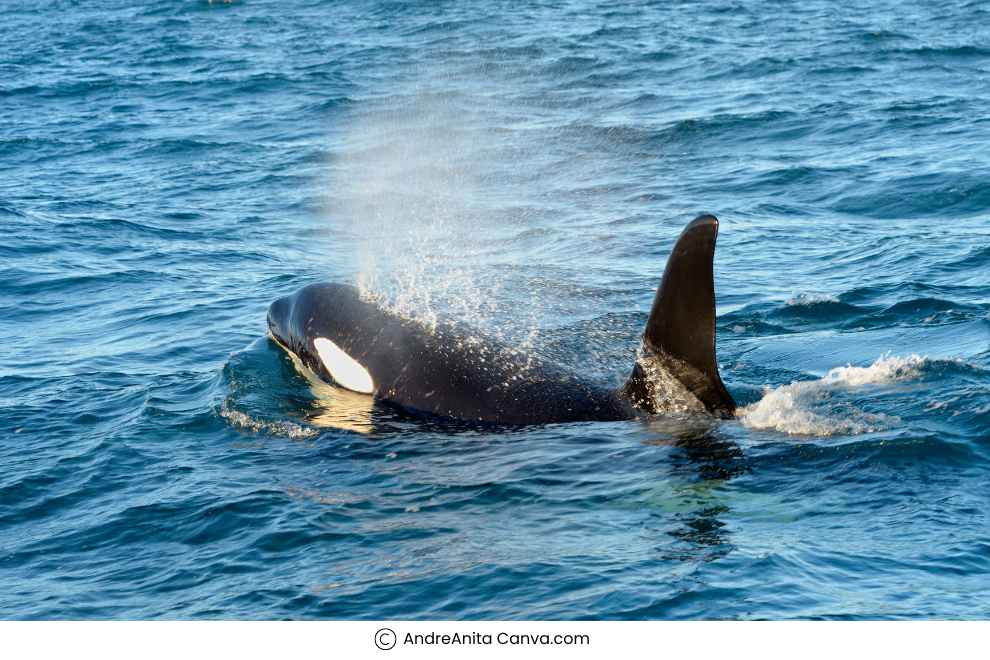
Humpback Whales
Another species commonly sighted in Antarctica is the Humpback whale. Renowned for their hauntingly beautiful songs, which can last for 20 minutes and reach distances of up to 32km, the humpbacks are known to be quite curious about both ships and zodiacs, and experiencing an up-close encounter is quite common, which makes them all the more coveted.

Minke Whales
Minke Whales are also sighted regularly. A smaller but equally curious cousin of the humpback, the minke whale is just as active and often breaching. They are usually known to come close to ships to check out the new arrivals (ie. you) so ensure you have your cameras ready when on deck.

Southern Right Whales
Once upon a time, the right whales were the most hunted due to their slow speed and abundance of blubber because of which today, less than 10,000 of these gentle giants remain in the southern waters. However, these whales are known for their propensity to cruise the surface of the water and perform their unique mesmerising tail waves.
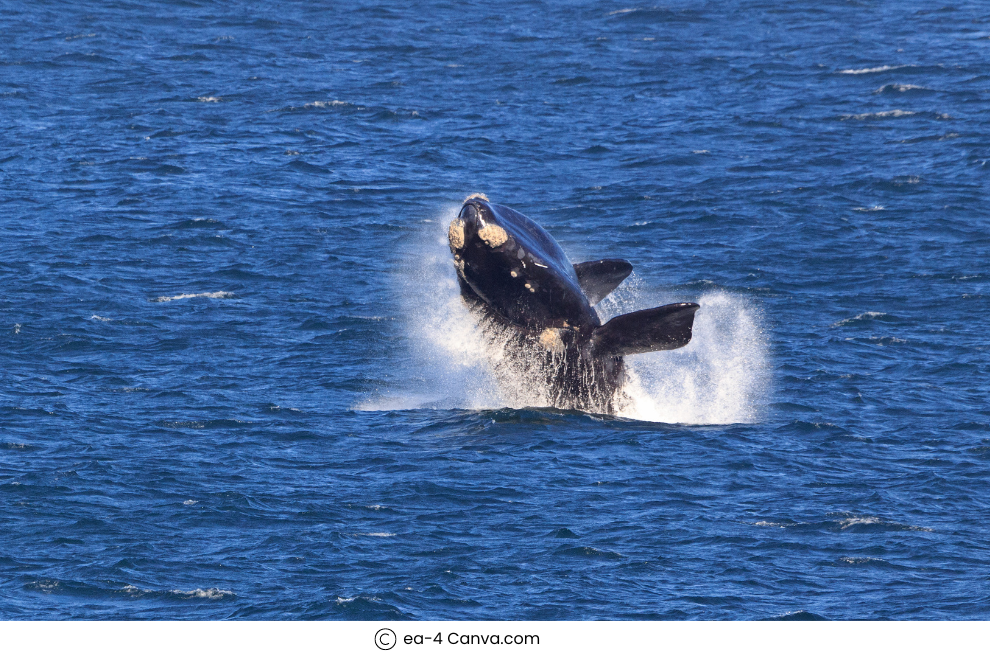
Blue Whale
All species aside, Antarctica also offers a chance to spot one of the most elusive species, and the largest animal known to have ever lived on earth, the Blue Whale (weighing over 200 tonnes, growing up to 100 feet long!). This species is so elusive that scientists cannot accurately determine how many are still in existence. While not often spotted, your best chance of seeing this magnificent species in person is during the summer migration.
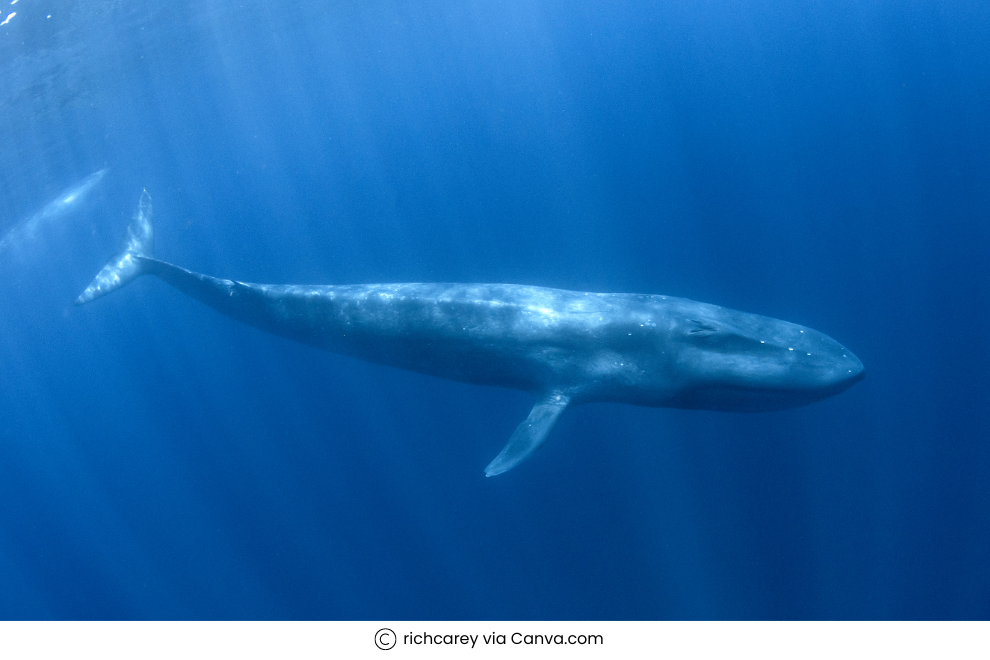
Fin Whales
Once hunted to the brink of extinction, fin whales in the Southern Ocean have rebounded and returned to their historical feeding. They are the second largest animal on earth, and definitely a rewarding spot!

Other Whale Species
Other species you can expect to see during the cruise can include Sperm Whales and Sei Whales.
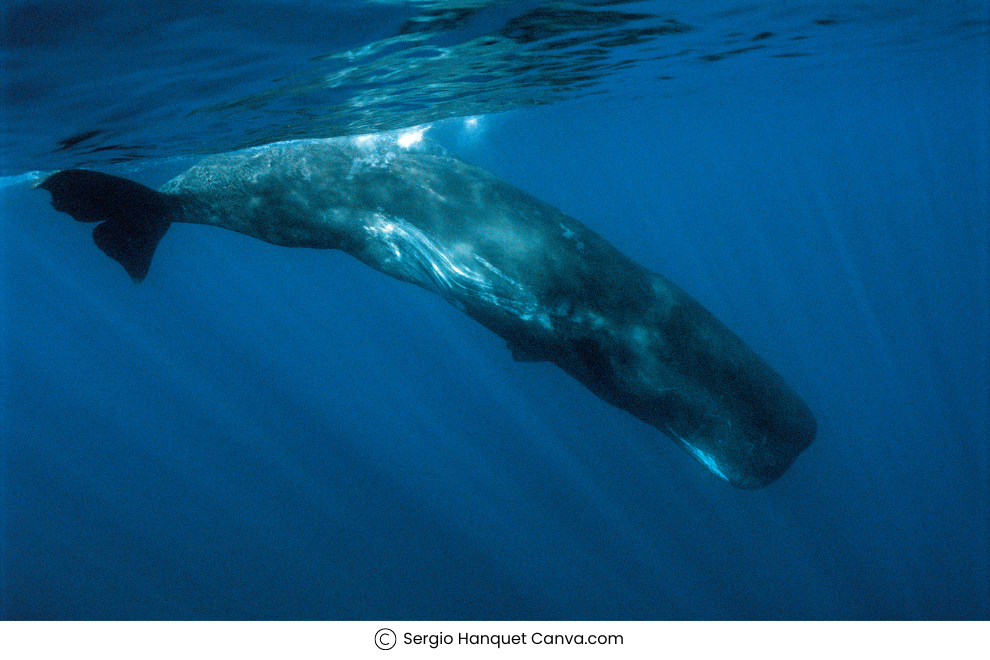
Best Time to Spot Whales
During the Antarctic summer, whales migrate south to take advantage of the nutrient-rich waters of the Southern Ocean, before heading north towards the warmer waters to breed and give birth to their calves during the winter months. The best time to catch a glimpse of these magnificent creatures is later in the season, between February and March.

Help the whales!
As an Antarctic traveler, you're in a unique position to help with scientific research on whales. The ground covered by tourist ships is far more extensive than individual research ships can cover, so visitors have many more opportunities for whale sightings. Most of the ships have an inventory of whale data which have been shared by travelers. For instance the ‘Flukes of humpback whales’ is one of the most common and popular shot by most travelers - there is a way to identify the whales by studying their flukes - it is like fingerprints. You can read more about it here
Mesmerized? So are we! Have a whale of time in Antarctica (we love this pun!) with us. Know more about our curated expeditions here
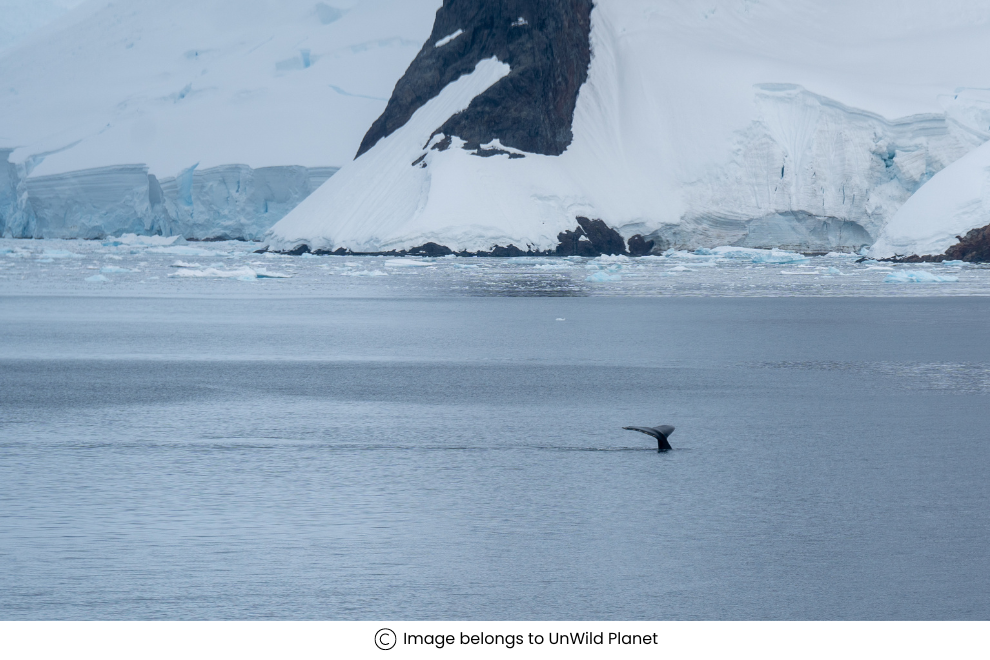
Ready to embark on your next adventure? Fill out the form below and let our experts curate your dream getaway!
All Fields are mandatory*-
Related Tours
-
Recent Blogs
-

